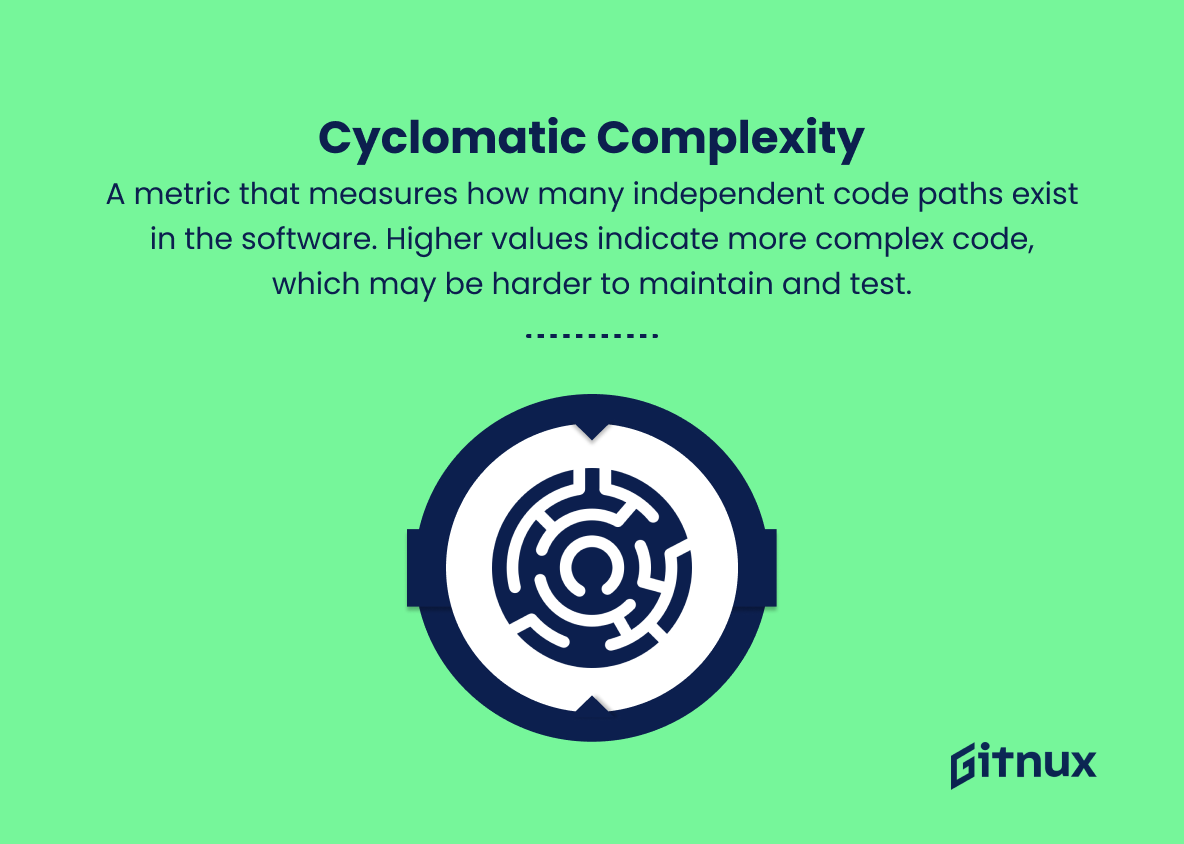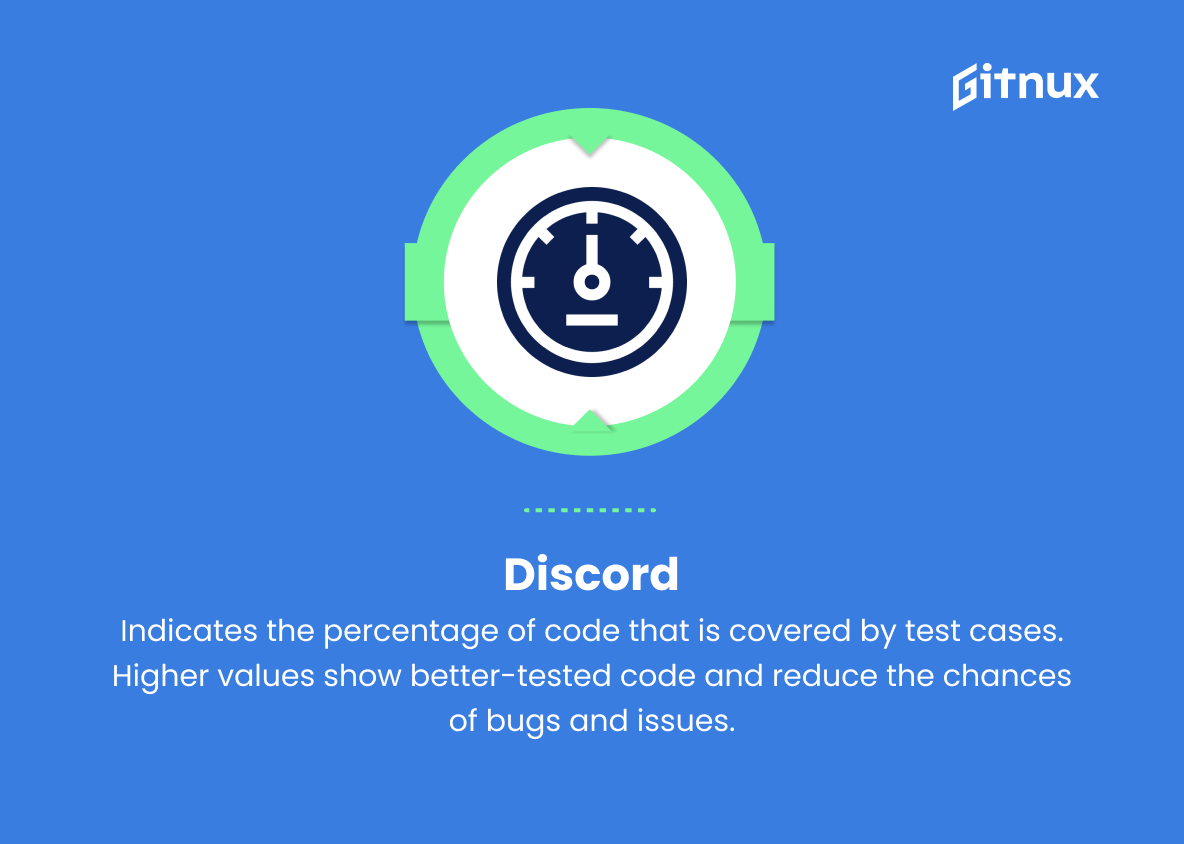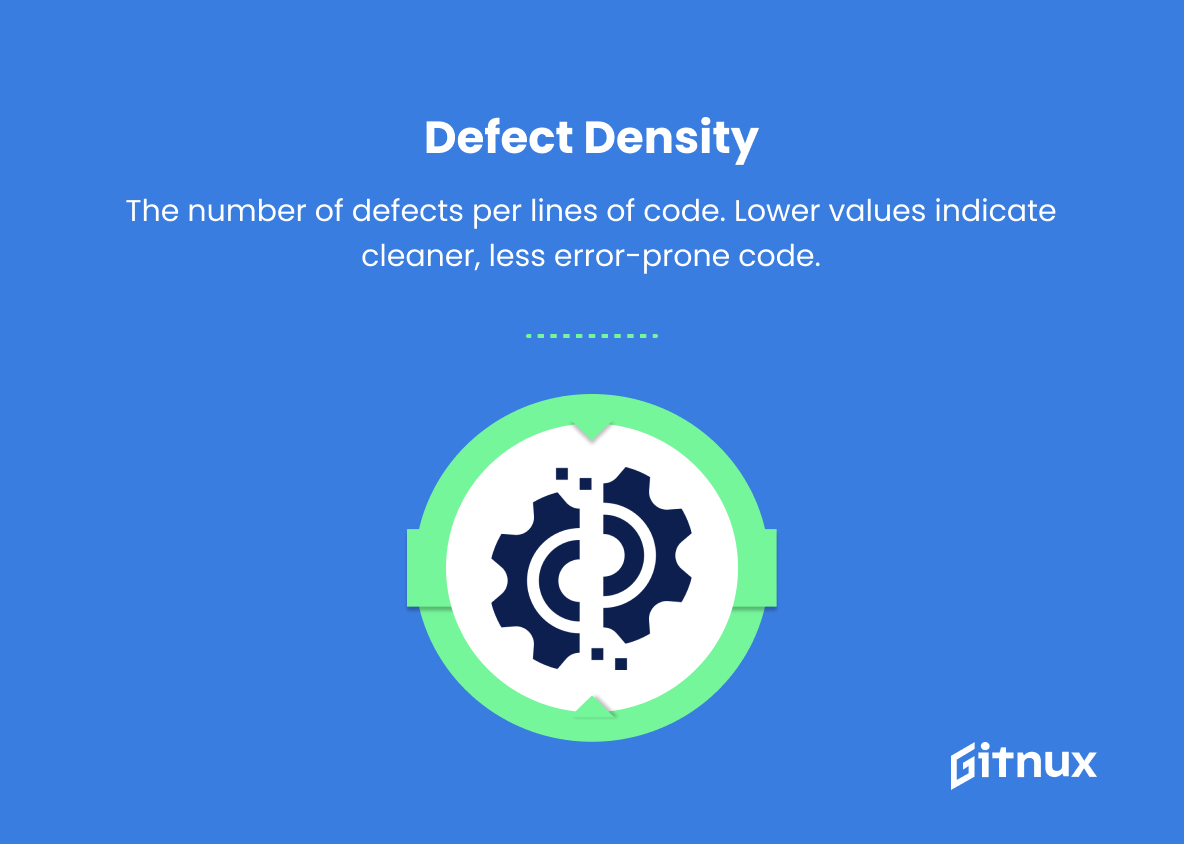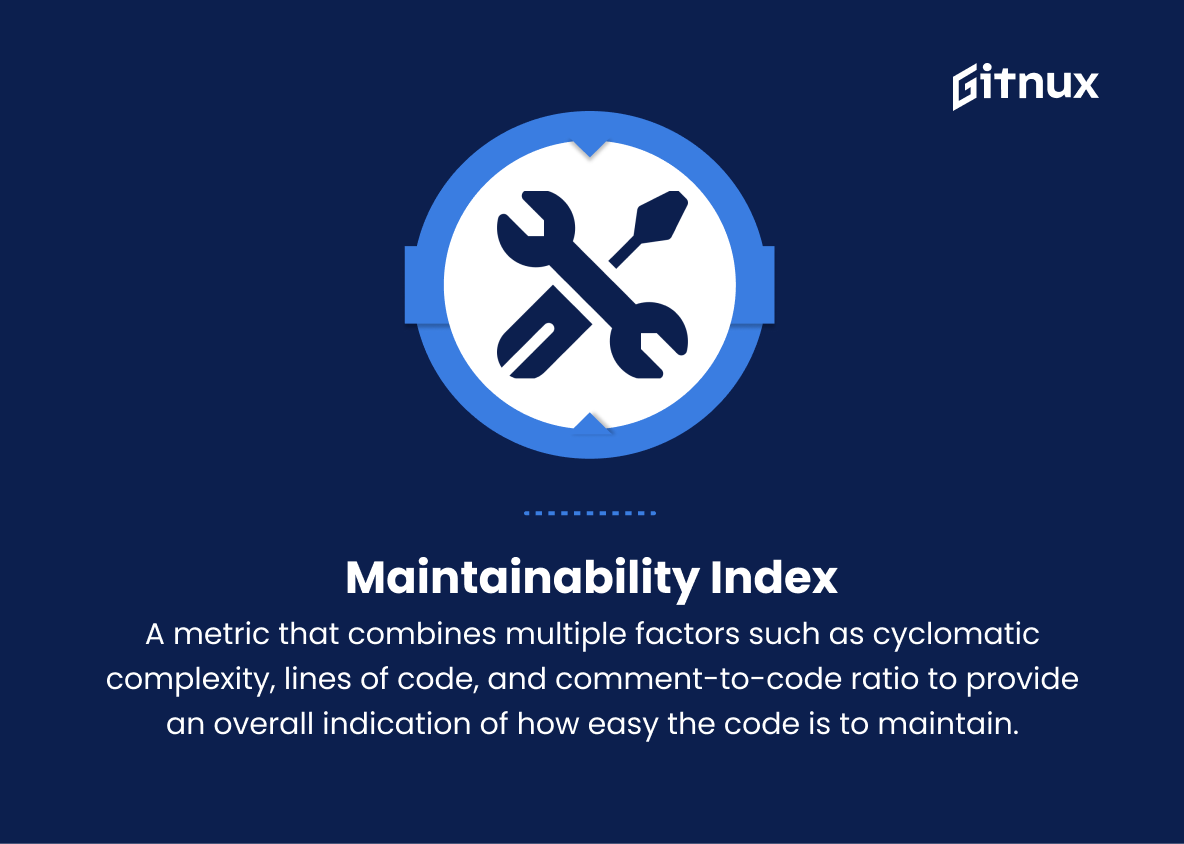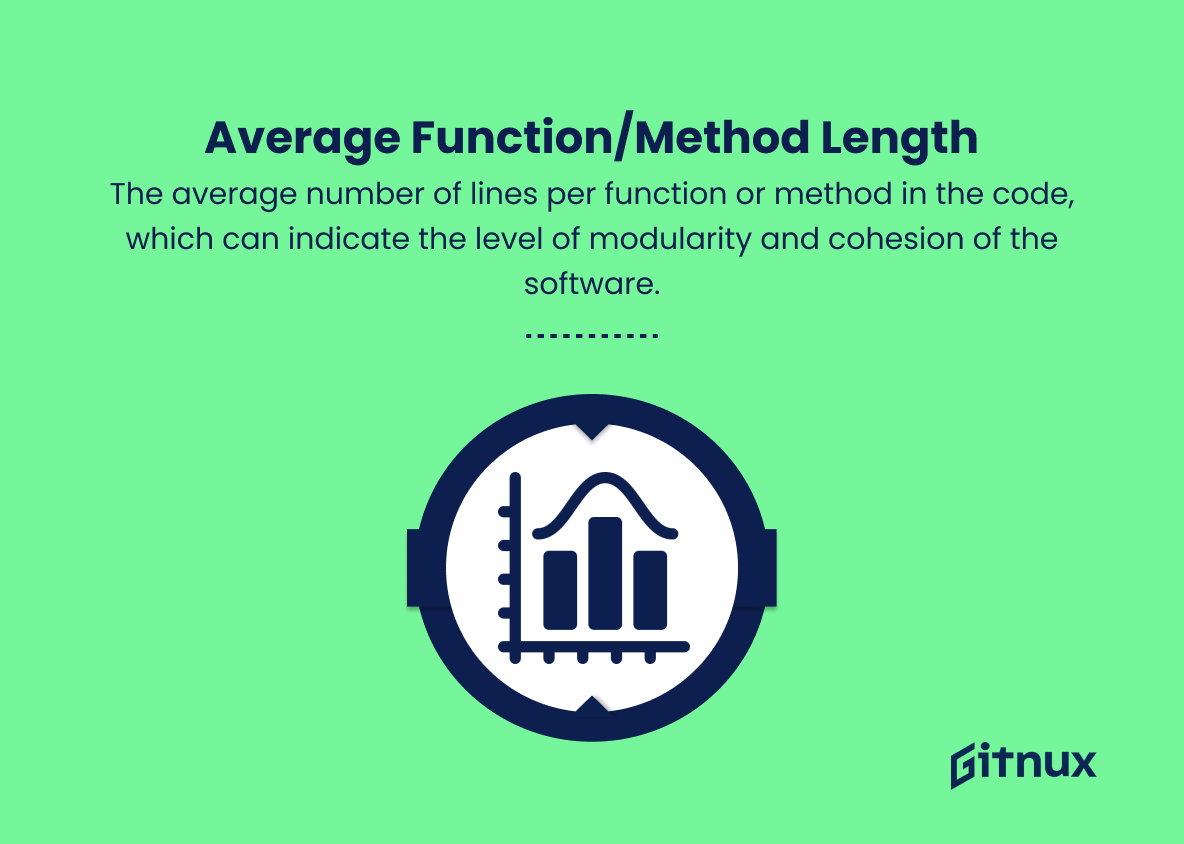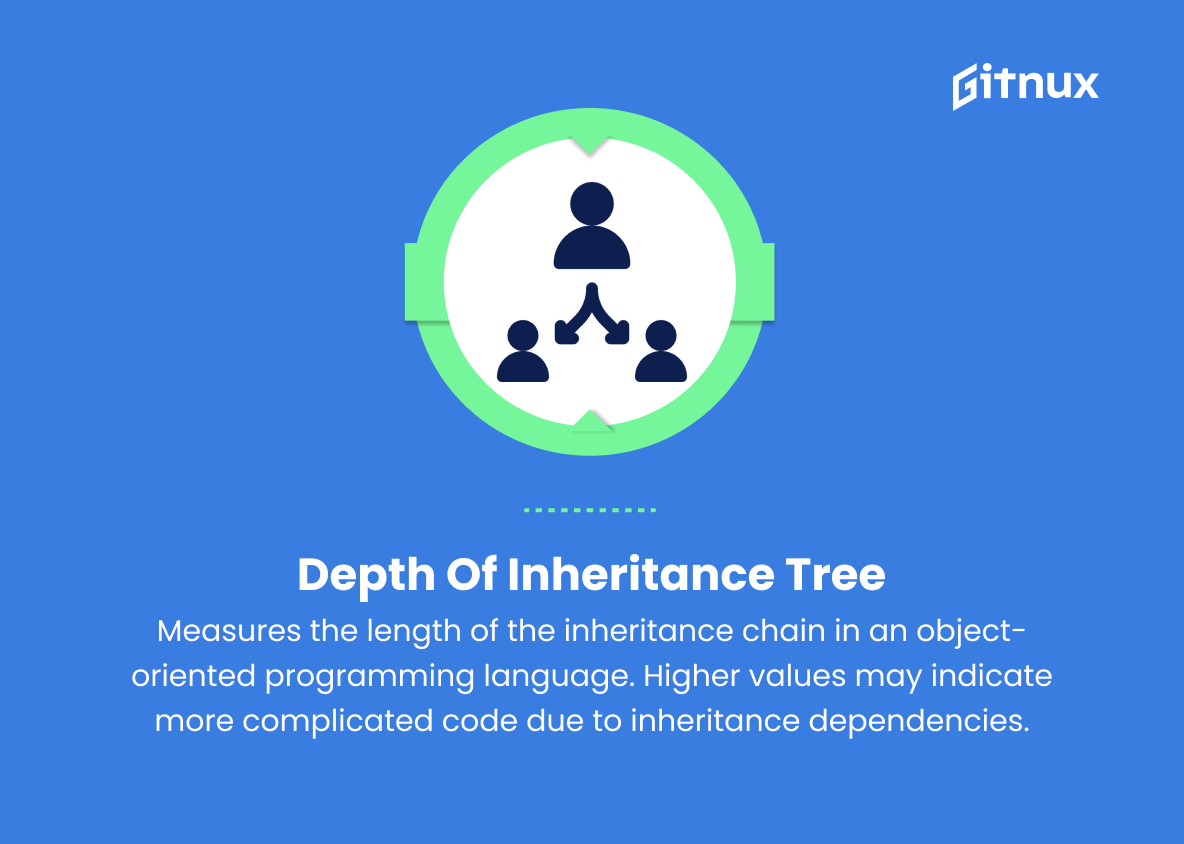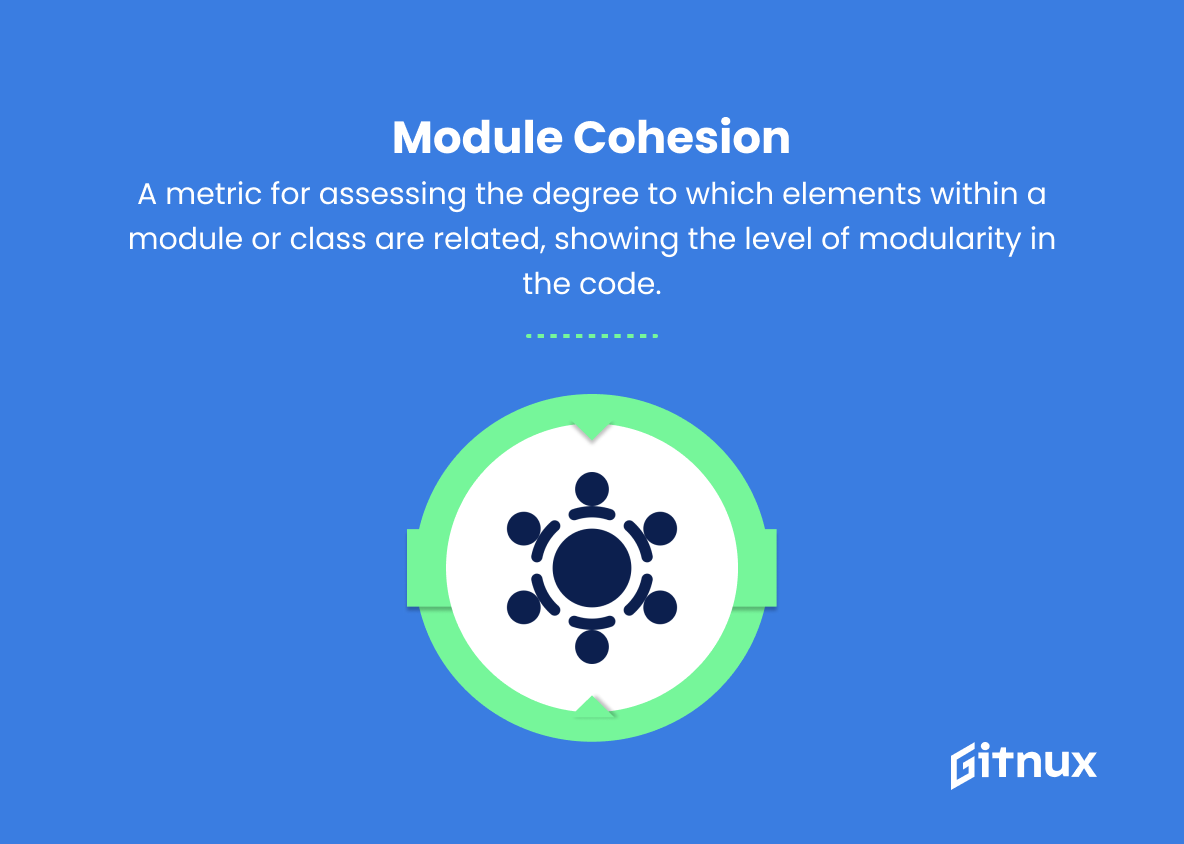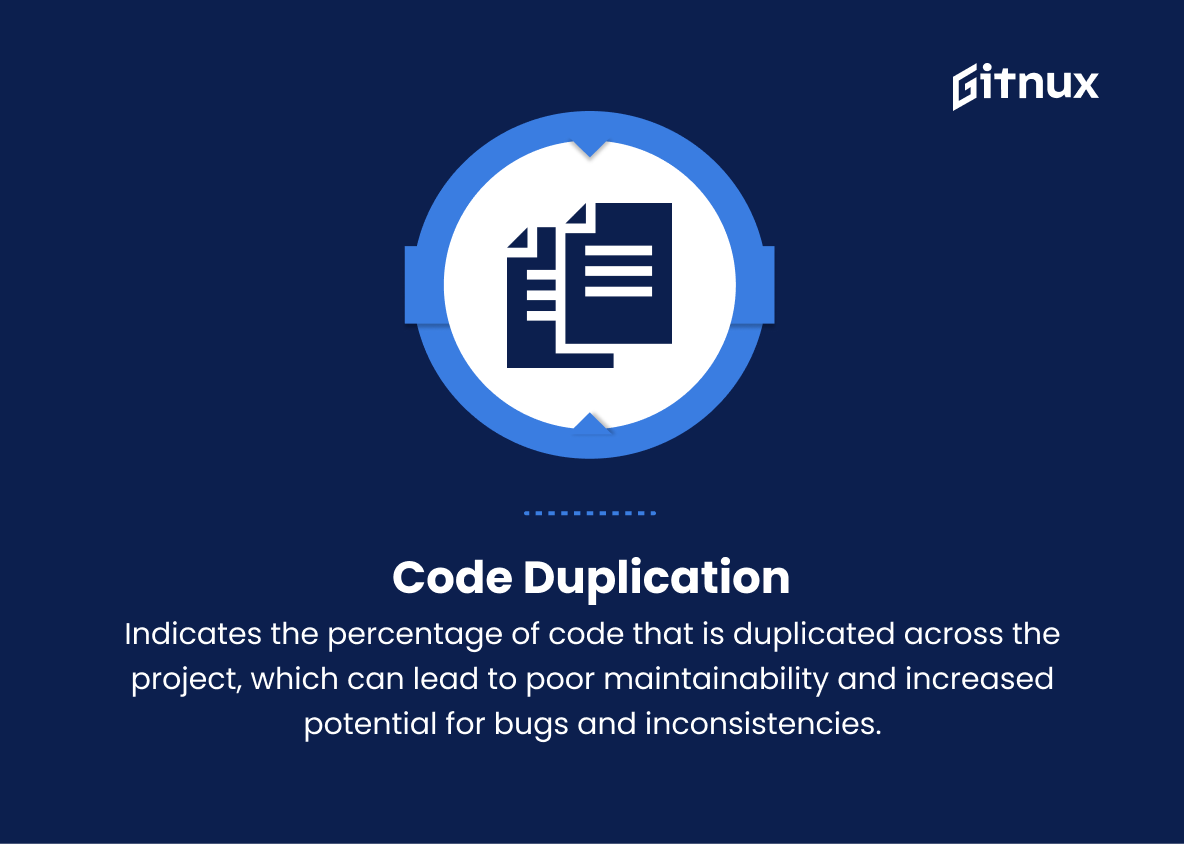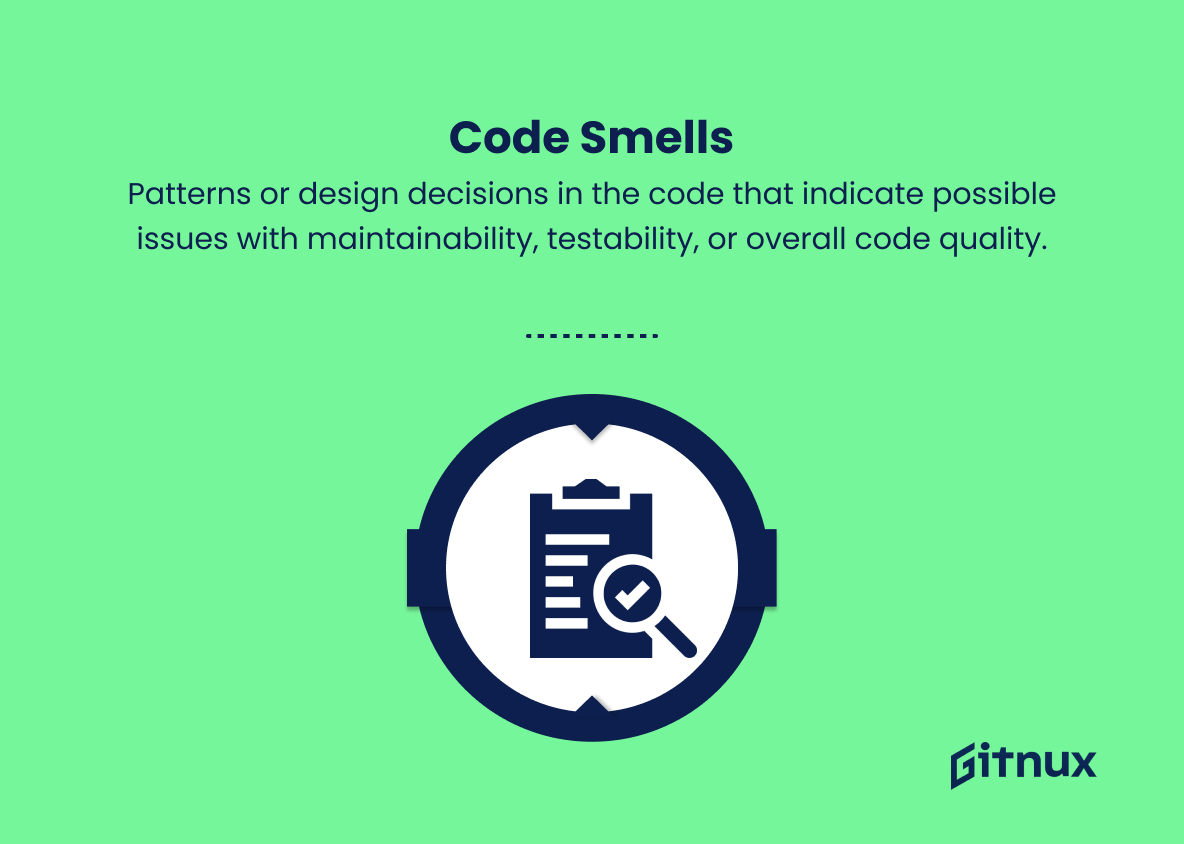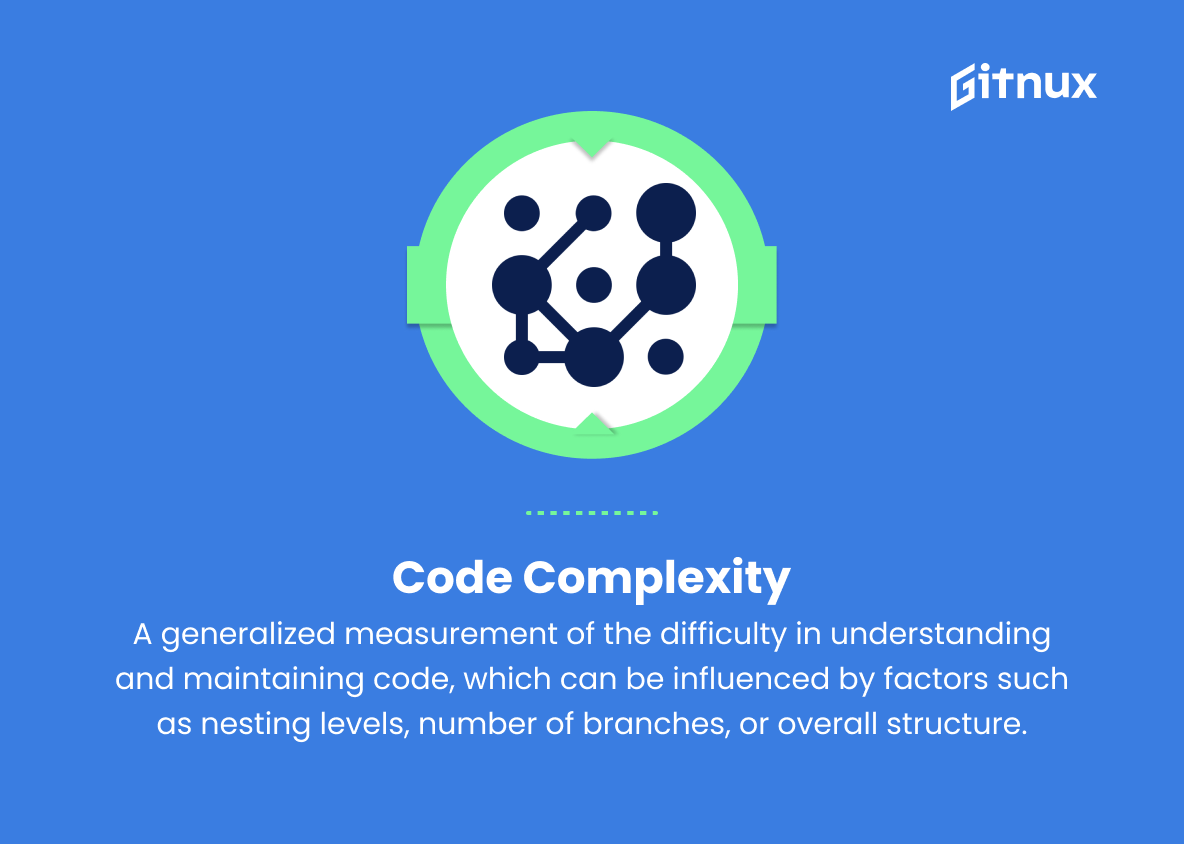In the ever-evolving world of software development, the significance of code quality and maintainability cannot be overstated. As developers, we constantly strive to improve our craft, ensuring that the code we produce is efficient, scalable, and error-free. One of the essential practices in this quest for excellence is ‘Code Review’ – a process wherein a developer’s work is assessed by their peers to identify potential flaws and areas of improvement. In this blog post, we will delve into the crucial measurements of a successful code review – the ‘Code Review Metrics’.
By understanding these metrics, we can effectively evaluate the efficacy of our code review process, enhance the quality of the codebase, and ultimately, contribute to the growth and success of the entire development team.
Code Review Metrics You Should Know
1. Lines of code (LOC)
A simple metric that measures the number of lines of code in software. It is an indicator of the size and complexity of the project.
2. Cyclomatic complexity
A metric that measures how many independent code paths exist in the software. Higher values indicate more complex code, which may be harder to maintain and test.
3. Code coverage
Indicates the percentage of code that is covered by test cases. Higher values show better-tested code and reduce the chances of bugs and issues.
4. Comment-to-code ratio
The proportion of comments to code lines in a project, which can show how well-documented the code is. Higher values indicate better documentation.
5. Code churn
A measure of how frequently code changes over time, indicating the stability and maturity of the project. Lower values suggest more stable code.
6. Defect density
The number of defects per lines of code. Lower values indicate cleaner, less error-prone code.
7. Maintainability index
A metric that combines multiple factors such as cyclomatic complexity, lines of code, and comment-to-code ratio to provide an overall indication of how easy the code is to maintain.
8. Average function/method length
The average number of lines per function or method in the code, which can indicate the level of modularity and cohesion of the software.
9. Depth of inheritance tree (DIT)
Measures the length of the inheritance chain in an object-oriented programming language. Higher values may indicate more complicated code due to inheritance dependencies.
10. Coupling between objects (CBO)
A measure of how many different classes are directly dependent on a single class, indicating how tightly or loosely coupled the code is.
11. Number of classes and interfaces
A measure of the amount of abstraction and design complexity in object-oriented code.
12. Module cohesion
A metric for assessing the degree to which elements within a module or class are related, showing the level of modularity in the code.
13. Code duplication
Indicates the percentage of code that is duplicated across the project, which can lead to poor maintainability and increased potential for bugs and inconsistencies.
14. Code smells
Patterns or design decisions in the code that indicate possible issues with maintainability, testability, or overall code quality.
15. Code complexity
A generalized measurement of the difficulty in understanding and maintaining code, which can be influenced by factors such as nesting levels, number of branches, or overall structure.
16. Technical debt
A measure of the future cost of maintaining and improving the code, resulting from shortcuts or compromises during development that lead to poor design or implementation.
Code Review Metrics Explained
Code review metrics are essential for evaluating the overall quality and maintainability of software projects. Metrics such as lines of code (LOC) and cyclomatic complexity provide insights into the size and complexity of the codebase, while code coverage and defect density gauge the reliability and robustness of the software. Comment-to-code ratio and maintainability index highlight the comprehensibility and ease of maintaining the code. Metrics like average function/method length, depth of inheritance tree (DIT), coupling between objects (CBO), and module cohesion expose the modularity and abstraction levels in the code, impacting overall design quality.
Code duplication and code smells are indicators of potential maintenance issues and possible bugs, while code complexity and technical debt provide a broader perspective on the long-term sustainability and cost of managing the software project. Together, these code review metrics play a critical role in improving software quality, reducing errors, and promoting efficient development practices.
Conclusion
In conclusion, code review metrics are an essential component of modern software development. By evaluating the key indicators of code quality, maintainability, and team collaboration, engineers and product owners alike can make more informed decisions and identify potential areas for improvement. Implementing data-driven code reviews not only enhances software performance but also fosters a culture of continuous learning and growth within development teams. As the programming landscape evolves, staying up-to-date with the latest best practices and leveraging code review metrics will undoubtedly be the hallmark of successful software professionals and projects alike.

